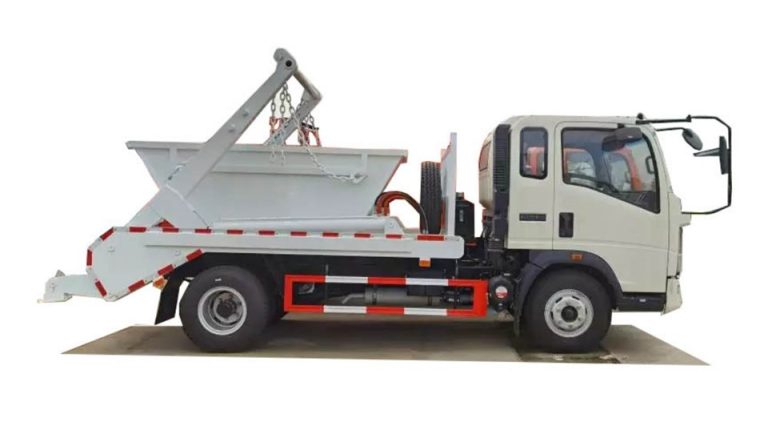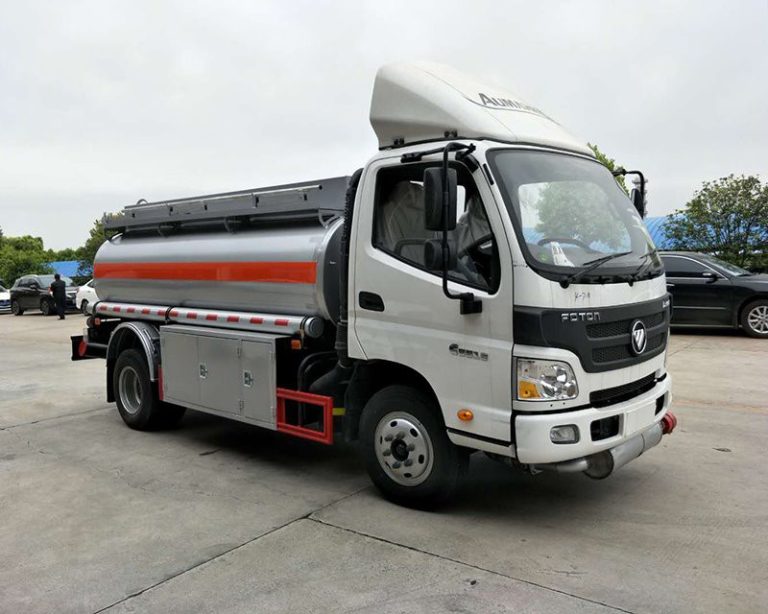Introduction
When it comes to financing your dream recreational vehicle (RV), understanding average RV loan terms is a crucial aspect that can significantly influence your financial planning and overall RV ownership experience. The average RV loan term refers to the length of time you have to repay your RV loan, typically expressed in months or years. This article delves into the intricacies of RV loans, highlighting average loan terms, factors affecting them, and practical tips to help you make informed decisions.
What is an RV Loan?
An RV loan is a specific type of financing designed for purchasing recreational vehicles. Unlike traditional auto loans, RV loans can encompass a range of vehicles, including travel trailers, motorhomes, and fifth wheels. They can be secured or unsecured and often come with various repayment terms.
Average RV Loan Term Explained
What is Considered the Average RV Loan Term?
The average RV loan term typically ranges from 10 to 20 years. However, many lenders provide options that can go up to 25 years for larger, more expensive RVs. The term you choose can significantly influence your monthly payments and the total interest paid over time.
Factors Influencing RV Loan Terms
Several factors can impact the terms of your RV loan:
- Loan Amount: The total cost of the RV plays a significant role in determining the loan term.
- Interest Rates: Current market rates can affect how long you should finance the vehicle.
- Your Credit Score: A higher credit score may qualify you for better loan terms and lower interest rates.
- Down Payment: A larger down payment can reduce the loan amount and shorten your loan term.
- Age of the RV: New RVs often come with longer loan terms than used RVs.
Average Monthly Payments Based on Loan Terms
Understanding how your loan term affects monthly payments is essential for budgeting. Here’s a table outlining the estimated monthly payments for different loan amounts and terms at an average interest rate of 5%:
| Loan Amount | 10-Year Term (Monthly Payment) | 15-Year Term (Monthly Payment) | 20-Year Term (Monthly Payment) |
|---|---|---|---|
| $30,000 | $318.20 | $237.64 | $199.98 |
| $50,000 | $530.34 | $396.06 | $333.30 |
| $75,000 | $795.52 | $594.09 | $499.95 |
| $100,000 | $1,060.69 | $792.12 | $666.60 |
Choosing the Right Loan Term for You
Short-Term Loans vs. Long-Term Loans
When considering your options, it is essential to understand the pros and cons of short-term versus long-term loans:
Short-Term Loans
- Pros: Typically lower interest rates, less total interest paid.
- Cons: Higher monthly payments, potentially stretching your budget.
Long-Term Loans
- Pros: Lower monthly payments, allowing more budget flexibility.
- Cons: Higher overall interest costs and longer debt commitment.
How to Decide on a Loan Term
Ask yourself the following questions to determine the best loan term for your situation:
- What monthly payment fits comfortably within my budget?
- How much total interest am I willing to pay over the life of the loan?
- Do I plan on selling the RV in a few years, or do I want to keep it long-term?
- What are current market interest rates?
Common Mistakes to Avoid When Choosing an RV Loan Term
Not Researching Lender Options
Many prospective RV owners make the mistake of going with the first lender they find. Shopping around can result in better rates and terms.
Ignoring the Total Cost of the Loan
Focusing solely on monthly payments can be misleading; always calculate the total loan cost to understand your investment fully.
Overextending Budgets with Long Loan Terms
While lower monthly payments might seem appealing, extending the loan term can lead to higher total interest costs.
Strategies for Lowering Your RV Loan Interest Rates
Improve Your Credit Score
A higher credit score can increase your chances of obtaining a lower interest rate. Aim to pay down debts and ensure timely payments.
Make a Larger Down Payment
A substantial down payment can lower the overall loan amount, resulting in better rates and terms.
Consider Buying During Off-Peak Seasons
Buying an RV during off-peak seasons could provide bargaining power and lead to better financing deals.
Financing Options Available for RV Purchase
Traditional Banks and Credit Unions
Many banks and credit unions offer RV loans with competitive rates. It’s advisable to check with your local financial institutions for specific options.
Online Lenders
Online lenders often provide quick approval and competitive interest rates. Compare options to find the best deal.
RV Dealership Financing
Some RV dealerships offer their financing options, sometimes with promotional rates. However, always investigate if this is the best option.
Personal Loans
If you have excellent credit, a personal loan could be a viable alternative to an RV loan, especially for smaller amounts.
FAQ Section
What is the average interest rate on an RV loan?
The average interest rate for RV loans typically ranges from 4% to 7%, depending heavily on your credit score, loan amount, and term length.
Can I refinance my RV loan later?
Yes, refinancing your RV loan is an option if you find a better rate or want to change your loan term. Just be aware of any potential fees involved.
Is there a penalty for paying off an RV loan early?
Some lenders may impose prepayment penalties, but many do not. Always check the loan terms before signing.
How long does it usually take to get approved for an RV loan?
Approval times can vary, but online applications can often be processed in as little as a few hours, while traditional lenders may take a few days.
Can I use a personal loan to buy an RV?
Yes, a personal loan can be used to finance an RV purchase, although it might have shorter terms and higher interest rates compared to specialized RV loans.
Are RV loans tax-deductible?
In some cases, if the RV qualifies as a second home or a business vehicle, you may be able to deduct the interest on your RV loan. Consult a tax professional for specifics.



